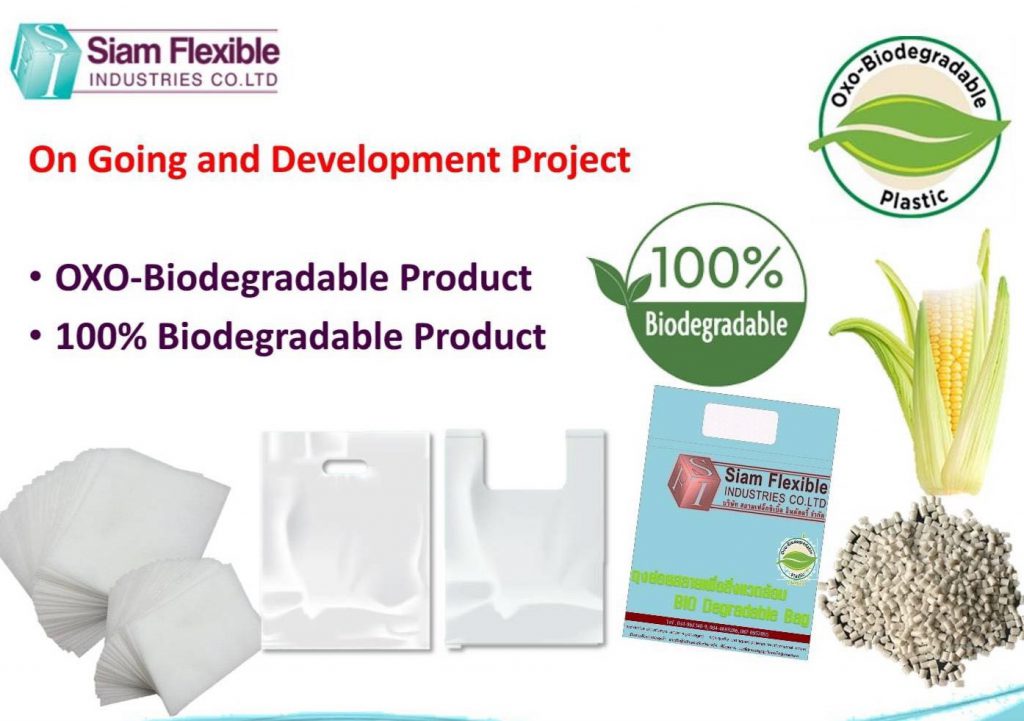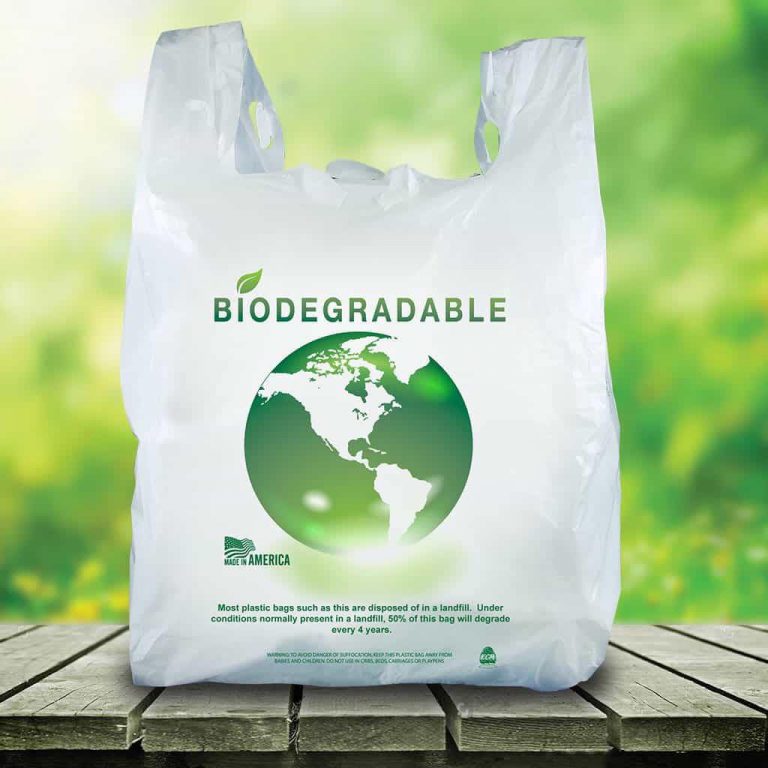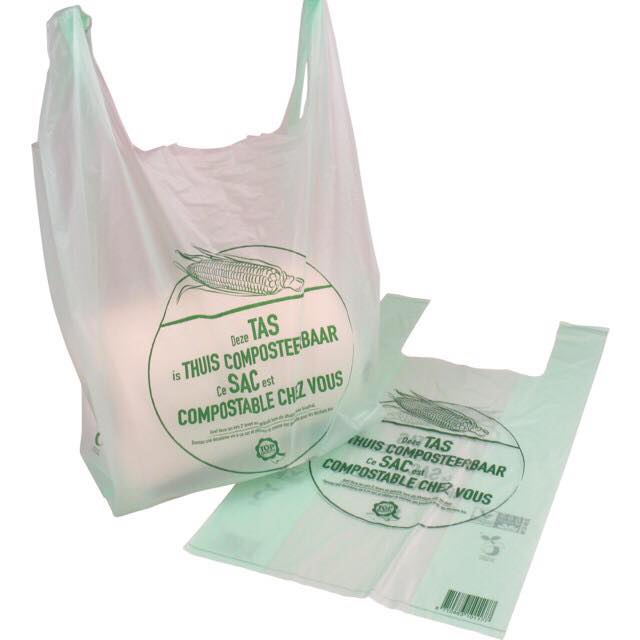
Degradable plastic, according to Royal Institute Dictionary, refers to “break, collasp, destroy, melt”. It means the change of packaging from good condition to the inferior quality, not only to disappear from the environment. To understand the form and the end of degradation, each type of plastic is explained based on the development.
Degradable plastic is classified into five main types.
Photodegradation caused by adding the additive that is sensitive to light to the plastic or synthesizing copolymer to have function groups or weak chemical bond that is breakable under UV such as Ketone Group. When the function groups contact with UV, the bond is breaking to unstable free radical and have reaction quickly.
Mechanical degradation by giving force to the plastic until it breaks. It is the general method to break plastic in pieces.
Oxidative degradation is to add oxygen into polymer’s molecules which occurs in the nature slowly. The main factors are oxygen, heat, and UV or mechanical force, and results in hydroperoxide Rooh. In the plastic without the stabilize additive, light and heat shall make Rooh to split to unstable free radicals RO and OH.

Hydrolytic degradation is the degradation of polymer with Ester or Amide group such as starch, poly anhydride, poly carbonate, and polyurethane, through reaction that causes the break of polymer chain. The hydrolysis reaction is classified into two types: Catalytic Hydrolysis and Non-Catalytic Hydrolysis.
Biogradation is the degradation of polymer from the function of microorganism. In general, there are two steps because the size of polymer chain is large and insoluble.The first step occurs outside the cell by releasing enzyme of microorganism using Endo-Enzyme or Exo-Enzyme.
